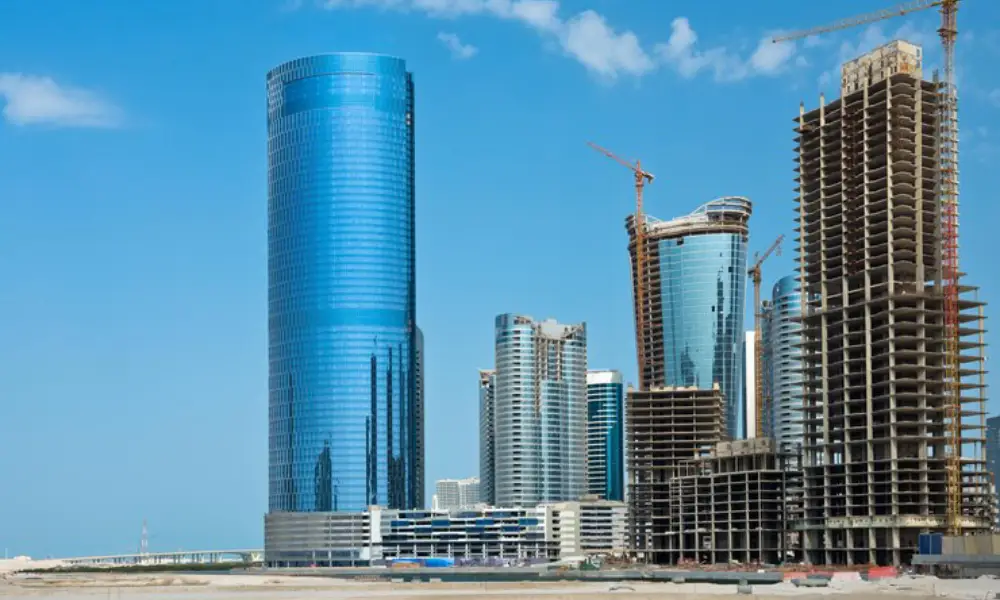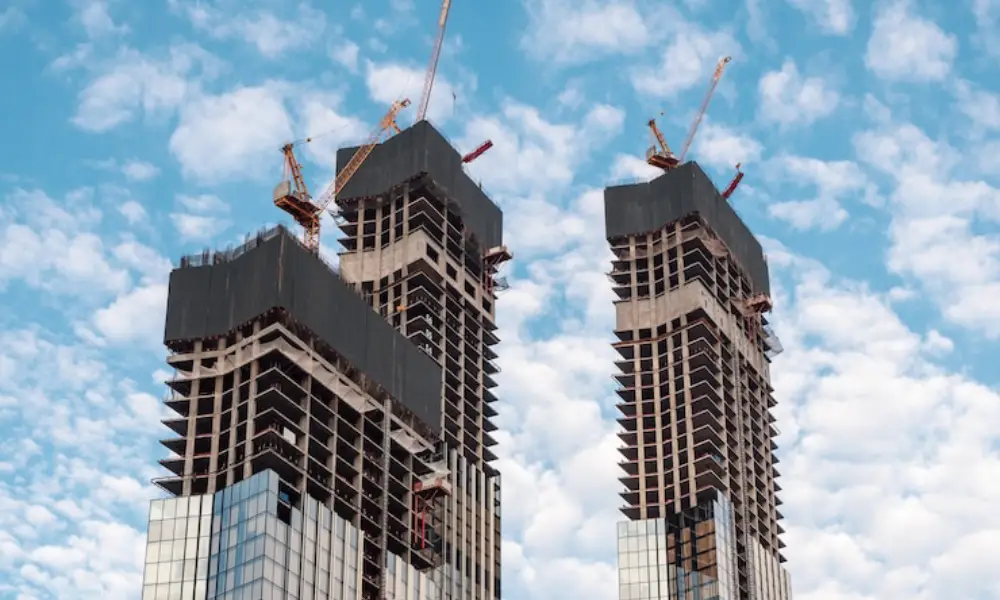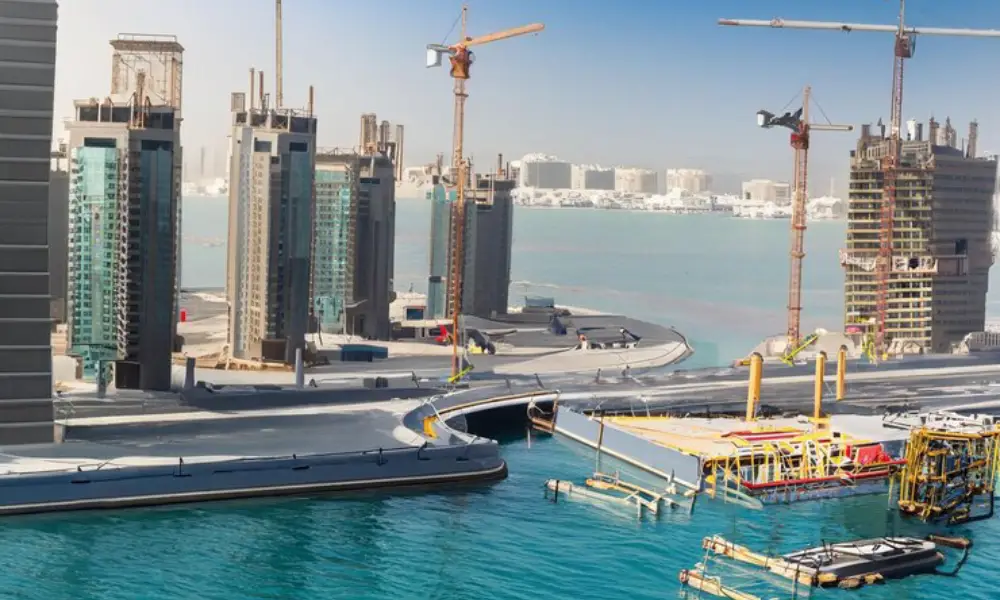
The Future of the Construction Industry in Oman; A Comprehensive Look at the Path of Development, Investment, and New Technologies
In recent years, Oman has attracted the attention of many regional analysts and investors as one of the countries that has taken a serious approach to infrastructure development and economic diversification. The construction industry in Oman is not only the backbone of the country’s economic growth, but also one of the most dynamic and promising economic sectors among the Persian Gulf countries.
The rapid growth of the urban population, the development of tourism, industrial and infrastructure projects, as well as the smart policies of the Omani government to attract foreign investment, have all paved the way for the formation of a bright future for the construction industry in this country.
The role of Vision 2040 in shaping the future of Oman’s construction
The government of Oman has outlined long-term goals for the country’s economic and social transformation in the form of the Oman Vision 2040 program. This program has placed the main axis of development on the basis of innovation, economic diversification and environmental sustainability.
One of the key pillars of this vision is smart urban and construction development. According to this document, construction projects must not only be modern in terms of technology and architecture, but also benefit from green technologies and smart systems. As a result, Oman’s construction industry will move towards sustainability, digitalization and quality-oriented more than ever in the coming years.
Expansion of infrastructure and construction projects across the country
One of the clear signs of growth in Oman’s construction industry is the increase in the volume of large infrastructure projects. From the development of ports and airports to new cities and free economic zones, Oman is experiencing a golden era of large-scale investments.
• The Duqm Special Economic Zone development project is one of the most prominent examples. Considered one of the largest development projects in the Middle East, this project includes the construction of ports, industrial estates, residential areas, commercial complexes and tourism.
• The Sohar Free Zone, focusing on heavy industries and logistics, also has a large need for construction infrastructure and modern buildings.
• The Salalah Tourism Development Project, which includes the construction of entertainment complexes, hotels and beach resorts, has also greatly activated the construction industry in the south of the country.
These projects show that the construction industry in Oman is not concentrated only in the capital (Muscat), but is expanding in a balanced way throughout the country.
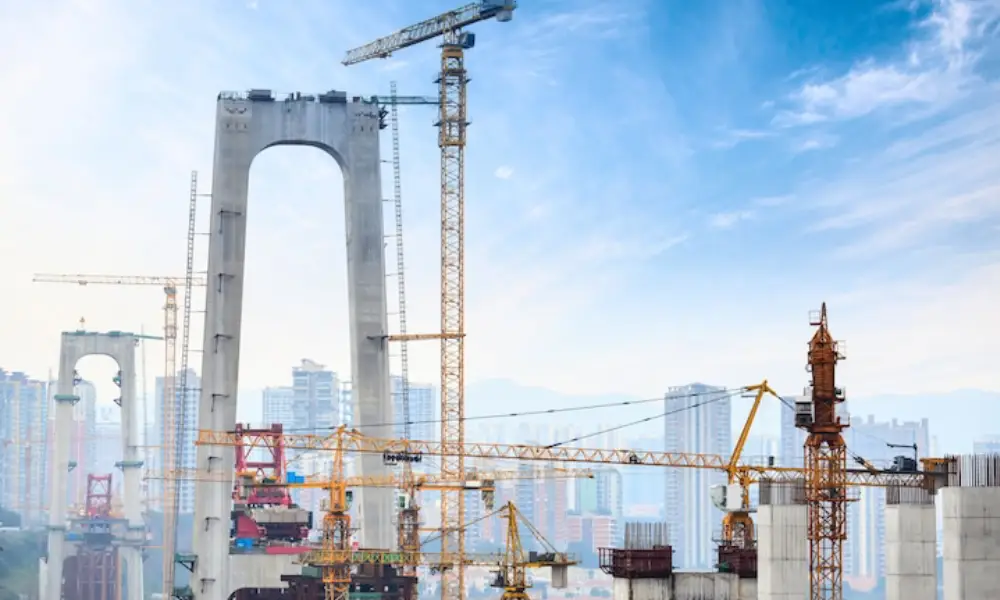
Housing Market Growth and the Need for Modern Urbanization
The increasing population, the growth of the middle class and the urbanization trend have led to a significant boom in the housing market in Oman. Many urban areas in Oman are being renovated and renovated with modern architectural patterns and advanced construction technologies.
In recent years, the Omani government has reformed property laws to attract foreign investors to the real estate market. Foreign nationals can now own property in certain residential and commercial projects, a move that has led to a construction boom in cities such as Muscat, Matar and Sohar.
In addition, mixed-use residential projects with smart urban amenities, efficient energy systems and designs based on environmental comfort are becoming the new standard for construction in Oman.
Moving towards sustainability and green buildings
One of the key future trends in Oman’s construction industry is a special focus on environmental sustainability and reducing energy consumption.
In the coming decade, a large part of the country’s construction projects are expected to be designed and implemented with international Green Building standards.
Companies have turned to the use of modern technologies in areas such as smart energy management, the use of solar panels, water recycling, and environmentally friendly materials.
This change in attitude is not only in line with environmental protection, but also leads to reducing the long-term costs of buildings and increasing their durability and efficiency. In fact, Oman is on the path to becoming one of the leading countries in the region in the field of smart and sustainable buildings.
Digitalization of the construction industry and the introduction of new technologies
Digital transformation is one of the determining factors in the future of the Omani construction industry. Technologies such as Building Information Modeling (BIM), artificial intelligence, 3D printing in construction, and surveying drones are changing the traditional face of this industry.
It is expected that in the next few years, many major construction projects in Oman will be designed and managed using BIM technology to increase accuracy, speed and productivity. The use of construction robots in industrial and civil engineering projects is also expanding, especially in large and sparsely populated areas.
New technologies not only help reduce errors and costs, but also allow for more accurate monitoring, greater safety and higher energy efficiency.
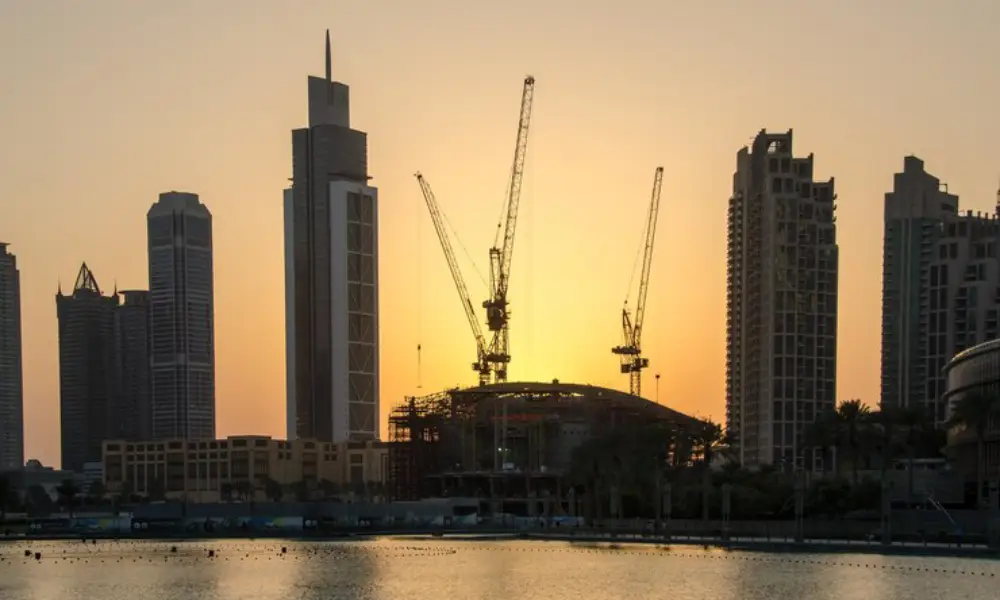
Foreign Investment and Economic Outlook
Oman is considered one of the most attractive investment destinations in the Persian Gulf due to its political stability, transparent economic policies and strategic geographical location. The government of this country has created a suitable platform for the growth of the construction industry by providing tax incentives, facilitating permits and supporting foreign investors.
Countries such as China, India, the UAE and South Korea have made significant investments in Oman’s construction projects in recent years. These partnerships have led to the introduction of new technologies, improving the quality of projects and increasing employment in the construction sector.
As a result, the combination of international capital, technical expertise and supportive government policies will create a stable and profitable future for Oman’s construction industry.
The future ahead; smart architecture, technology and human-centeredness
The future of Oman’s construction industry can be summarized in three words: innovation, sustainability and human-centeredness.
In the coming decade, Omani cities will move more towards smart cities than ever before; Cities where technology serves the better life of citizens.
The future architecture of Oman will be a combination of Arabic authenticity and modern global designs; facades with cultural identity alongside spaces that are in harmony with nature. This combination of tradition and modernity will present a unique face of Omani architecture in the 21st century.
Conclusion
The construction industry in Oman is on the verge of a fundamental transformation. Relying on the 2040 vision, attracting foreign investments, utilizing new technologies and paying attention to the principles of sustainability, the country is taking steps towards becoming one of the poles of urban development and development in the Persian Gulf region.
Considering global trends in the field of construction, the future of Oman can be considered a green, smart and sustainable development-based future; a future in which architecture, technology and the environment come together in an intelligent balance to build a better tomorrow.
